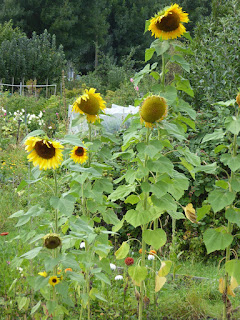After walking the length of the Lea Valley, it was
fascinating to learn more about the river from water level, thanks to a Thames21 tour of
reedbeds to the north of Bromley-by-Bow. It turns out these reedbeds
are a valuable weapon in the ongoing effort to clean up a once highly polluted waterway. I’d seen traditional ones (above), but hadn’t realised what an amazing job they do
of reducing pollution: the Lea Navigation is full of toxic ammonia. Reedbeds
convert this into nitrate, which is safer – a great way of improving water
quality.
The reeds that Thames21 plant aren’t in the actual river bed, but grow
in coir matting that floats on the surface, inside a bumper (above). The roots hang
down into the water, adding to the surface area. They are easier to maintain than the traditional beds, which can expand to take up too much space. As well as reducing pollution,
the reeds oxygenate the river, allowing fish to flourish, and attracting wildlife
such as watervoles and birds, including kingfishers and swans.
One reedbed we passed had a
massive indentation, where you could see the remains of a swan’s nest – the cygnets
now well on the way to adulthood, and probably those we saw out on the water
with their parents.
Thames21 is a charity that works with communities across Greater London to improve the rivers, canals, ponds and lakes (see link below). It's already brought 600 m of new reedbeds to Lea, and plans are in hand for more. (Local residents were asked to vote where
they should go.) It welcomes volunteers for its many projects, and has a regular newsletter.
Our excursion, on the aptly-named Alfred le Roy (King Alfred
defeated the Danes further up the river) took us through Old Ford Lock No 19 (above) before ending at Hackney Wick. The event was part of the annual Thames Festival,
which runs for the whole of September. https://www.thames21.org.uk/























